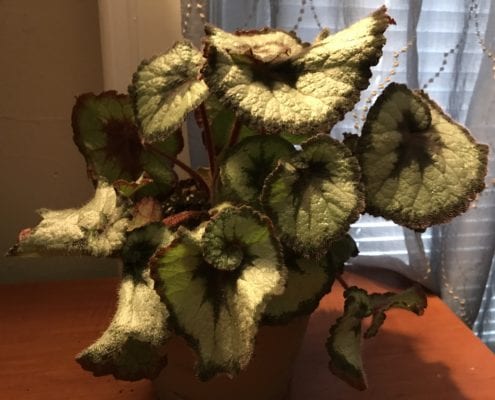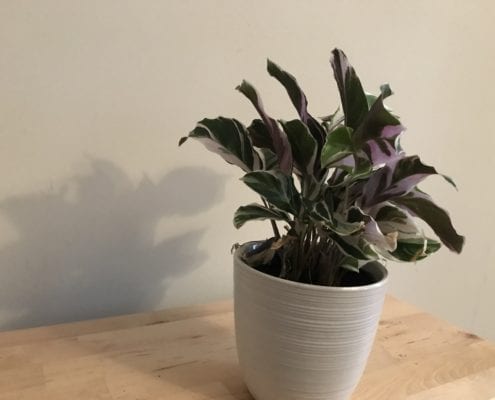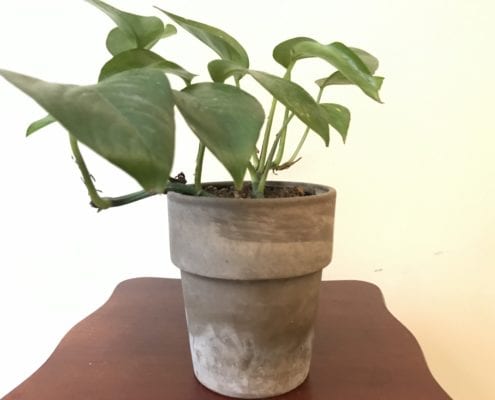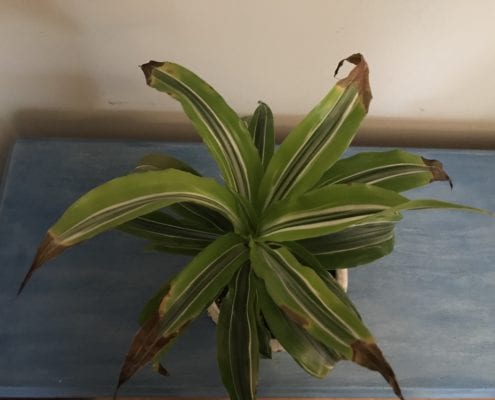When Houseplants are Telling You Something
Did you know houseplants can communicate? We talk to our houseplants in hopes they can tell us what’s wrong. Thankfully, plants communicate with us all the time. If your plants’ leaves are wilting, they’re saying “Please water me.” Yellow leaves are saying “Hold off on the water. You’re killing me with kindness.” Let’s look at a few things your plants are trying to tell you.
Leaf and Flower Drop
No one likes stress, not even plants. A common sign your plant is stressed is if it’s dropping leaves and flowers. Stressors can include lack of water, over watering, temperature change, less light – you name it. If the problem isn’t too little or too much water, or something else easy to identify, have patience. The plant will likely adapt to its new situation.
Wilting
Wilting is usually a sign that your plant needs water. Some plants, like peace lilies, wilt so terribly you’d think it was dead. But don’t worry, it’s just being dramatic and will perk up after a good watering.
Stretching
We’re not talking about yoga here. In the plant world that means long and spindly stems. The plants are literally stretching themselves toward the light. Sometimes older leaves will fall off. Check on your plants requirements — chances are it just needs more light. It could also mean that your plant needs pinching. It’s not mean, it’s kind of like pruning. Pinching off the top inch of your plant’s stem will encourage it to grow laterally and become fuller and more beautiful. Pinching off spent flowers is a good idea that will help your plant save energy, too.
Salt Build Up
Have you noticed some white stuff on the side of your clay pots? As you water and fertilize your plants, salts and other minerals can build up. It may cause the foliage tips to turn yellow or brown. Watering your plants in the sink and allowing the water to run through a few a few times helps flush then out. You can use a scrubbing pad on the outside of the pot. Repot regularly.
Brown Leaf Tips
Leaves get brown tips because water isn’t reaching that far. Too little water or too much fertilizer is usually to blame. Make sure you’re watering consistently. Use Espoma’s Indoor! House Plant Food for its slow release formula to ensure your plant isn’t being overfed. Always follow the package directions as more is not better. Do you remember the last time you repotted it? If you can’t, maybe it’s time for fresh soil and bigger pot.
Think your houseplants need some extra space? Check out this video about repotting house plants.











Leave a Reply
You must be logged in to post a comment.